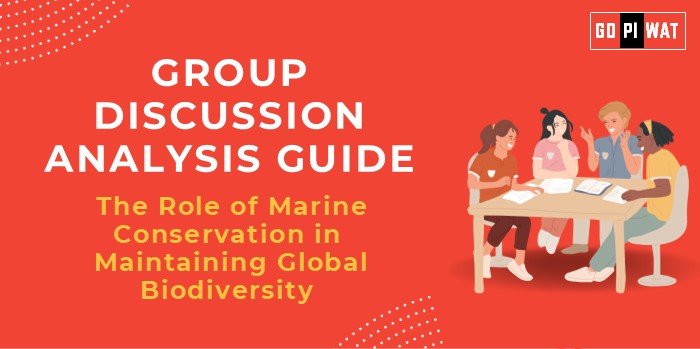body>
📋 The Role of Marine Conservation in Maintaining Global Biodiversity
🌊 Introduction to Marine Conservation
Opening Context: Oceans cover over 70% of the Earth’s surface and harbor 80% of the planet’s biodiversity. Marine conservation is pivotal in safeguarding these ecosystems, which are crucial for global environmental balance, food security, and climate regulation.
Topic Background: The idea of marine conservation gained global momentum with the UN’s Sustainable Development Goal 14: “Life Below Water.” Recent initiatives like the “30×30” agreement to protect 30% of the world’s oceans by 2030 emphasize the urgency of preserving marine biodiversity.
📊 Quick Facts and Key Statistics
- Marine Species: Over 230,000 identified, but millions remain undiscovered – highlights biodiversity richness.
- Economic Impact: Marine resources contribute $3 trillion annually to the global economy.
- Pollution: 14 million tons of plastic enter oceans yearly, threatening ecosystems.
- Global Conservation Areas: Only 8% of oceans are currently under formal protection (2023).
- Coral Reefs: Support 25% of marine life yet cover less than 1% of the ocean floor.
🌍 Stakeholders and Their Roles
- Governments: Enact laws like the Marine Protected Areas (MPAs) to regulate fishing and pollution.
- NGOs: Promote awareness and fund restoration projects (e.g., WWF’s marine programs).
- Industries: Fishing, tourism, and shipping sectors must adopt sustainable practices.
- Local Communities: Integral in enforcing conservation and benefiting from sustainable resource use.
- Global Organizations: UN bodies like FAO and UNEP lead collaborative efforts.
🏆 Achievements and Challenges
- Achievements:
- Creation of MPAs, now covering 8% of global waters.
- Reduction in whaling due to international bans.
- Successful coral restoration projects in Australia and the Maldives.
- Challenges:
- Rising ocean temperatures leading to coral bleaching.
- Illegal fishing depletes fish stocks by 26 million tons annually.
- Limited enforcement of conservation laws in international waters.
🌐 Global Comparisons
Success: Australia’s Great Barrier Reef Marine Park—effective monitoring and funding.
Challenges: The Pacific Garbage Patch demonstrates the global impact of pollution.
📑 Structured Arguments for Discussion
- Supporting Stance: “Marine conservation is vital for sustaining fisheries, which feed over 3 billion people globally.”
- Opposing Stance: “High costs of enforcement and monitoring make marine conservation challenging, especially for developing nations.”
- Balanced Perspective: “While marine conservation faces economic and political hurdles, innovative funding and technology can bridge the gap.”
🎯 Effective Discussion Approaches
- Opening Techniques:
- Data-led: “Only 8% of oceans are protected, despite covering 70% of the Earth. This gap poses a risk to biodiversity.”
- Example-based: “The bleaching of 50% of the Great Barrier Reef highlights the urgent need for action.”
- Counter-Argument Handling:
- For economic concerns: Highlight eco-tourism benefits.
- On enforcement challenges: Discuss technological solutions like AI surveillance.
🔍 Strategic Analysis of Strengths and Weaknesses
- Strengths: Economic benefits, biodiversity protection, and climate regulation.
- Weaknesses: Enforcement difficulties, funding gaps, and lack of international coordination.
- Opportunities: Renewable energy projects (offshore wind farms), eco-tourism growth.
- Threats: Rising sea levels, overfishing, pollution.
📚 Connecting with B-School Applications
- Real-World Applications: Sustainability in operations and global strategies in marketing.
- Sample Interview Questions:
- “How can marine conservation drive sustainable economic growth?”
- “Evaluate the role of MPAs in addressing climate change.”
- Insights for Students: Aligns with sustainability initiatives and cross-sector collaboration.


